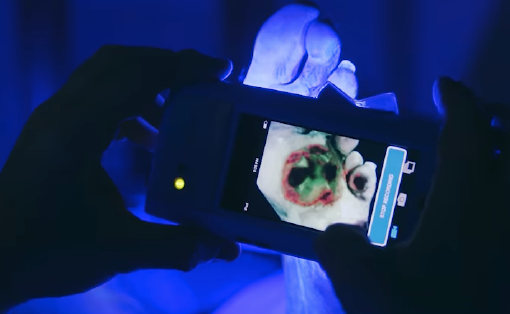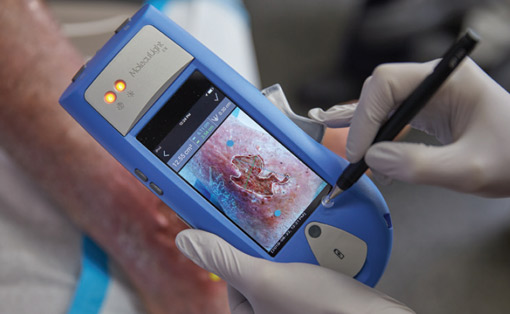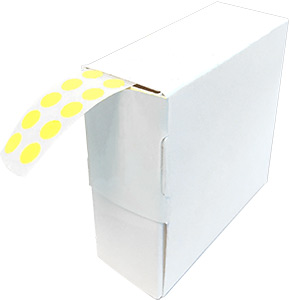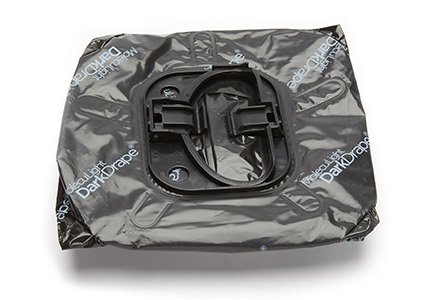Product Points
Easy
Portable, touch-screen with an intuitive interface.1,2
Safe
No contrast agents and no patient contact required.2
Precise
Allows for more targeted treatment protocols by knowing exactly where fluorescent bacteria are.3,4
Efficient
Immediately know where to sample, where to debride and/or if you need an expensive antimicrobial product.1,6,7
Point-of-Care
Instantly detects and reveals location of potentially harmful levels of bacteria. Wound area is also easily calculated on the i:X5,8.
Focused
Allows clinicians to focus on harmful bacteria with the guidance of fluorescence imaging.1,3,4
What does MolecuLight i:X do?
Visualize Bacteria
MolecuLight i:X allows clinicians to focus on potentially harmful levels of bacteria with the guidance of fluorescence imaging.6,9,10
Learn More

Measure Wound Area
MolecuLight i:X provides clinicians with a comprehensive toolkit for digital wound area measurement and documentation.
Learn MoreTestimonials:
MolecuLight i:X in use
Accessories

MolecuLight Woundstickers
For wound area measurement with the MolecuLight i:X Imaging Device.













